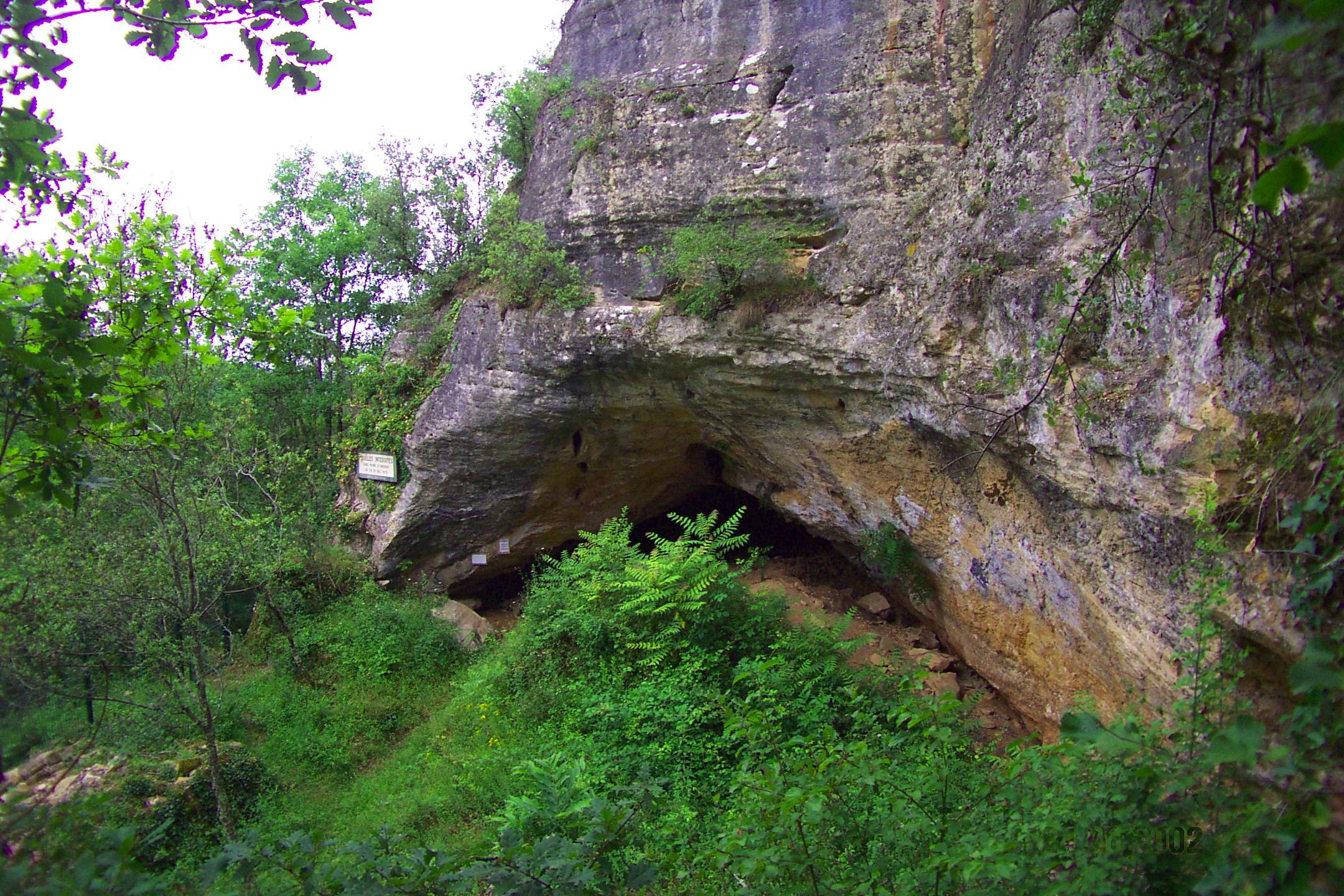Pech de l'Azé I
The history of research at this complex of sites extends back to virtually the beginning of the discipline of Paleolithic archaeology. Pech I, or “Pey de l’Azé”, as it was then spelled, was initially excavated early in the 19th century by Jouannet and later by the Abbé Audierne (Bordes, 1954), and was one of the sites described by Lartet and Christy (1864) in their seminal “Cavernes du Périgord”. Sometime during the 19th century most of the archaeological material within the cave (identified as the Pech Ia locality; Bordes, 1954) itself was removed by pothunters, but in 1909, near the cliff in front of the mouth of the cave, Peyrony discovered a cranium of a child between the ages of five and six (Bordes, 1954, Capitan and Peyrony, 1909, Ferembach et al., 1970, Patte, 1957; Maureille and Soressi 2000). In 1929-30 Vaufrey (1933) excavated in the terrace outside of the entrance to the cave (Pech Ib) and identified the sequence as containing only assemblages attributable to the Mousterian of Acheulian Tradition. Later, from 1948 until 1951, more excavations were carried out by Bordes (1954) in the same area. Most recently, Soressi excavated deposits in front of the site from 2004-5 (Soressi et al. 2002, 2007, 2008; Soressi et al. 2013) (Figure 1.4). These deposits were recently dated with optically stimulated luminescence to roughly 51 – 48 ka (Jacobs et al. 2016).
